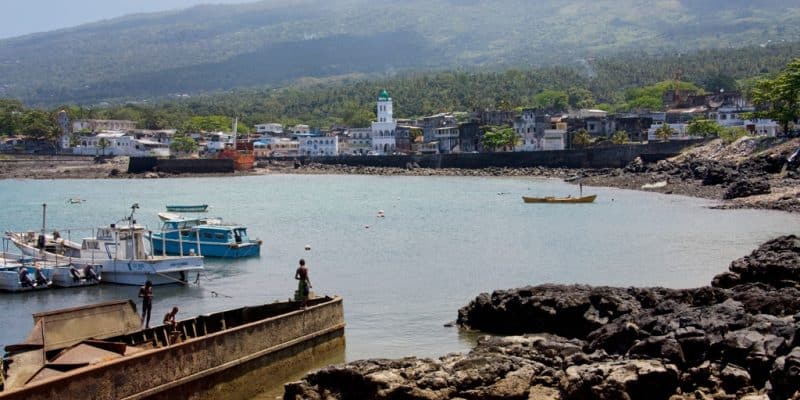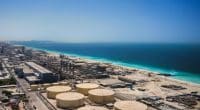For several months now, the supply of drinking water has been disrupted in Moroni, the capital of the Comoros. There are two main reasons for this: the dilapidated state of the Société nationale d'exploitation et de distribution des eaux (SONEDE) distribution network in the Comoros, and the pushiness of itinerant water vendors.
On 24 October 2024, the Place Badjanani, near the mosque in Moroni, the capital of the Comoros, was transformed into a gathering place for a few hours. Empty bottles in hand, the people of Moroni rose as one to denounce the stressful situation they have found themselves in for several months due to the instability of the drinking water distribution network.
The women who have been hardest hit spoke out, recounting the impact of these water shortages on their daily activities, including cooking, washing clothes and dishes. The slowdown in economic activity is also one of the consequences of these water shortages. The Moronais, who numbered more than a hundred on the Place Badjanani today, had intended to march through the streets of the capital, but their plans were halted by a large force of gendarmes, as reported by our colleagues in Le Journal de Mayotte on 31 October 2023.
One of the reasons put forward by the Société nationale d’exploitation et de distribution des eaux (SONEDE) to justify this water crisis is the dilapidated state of the water distribution network, which was brought into service in 1970. “In the Comoros, the problem is not one of water sources, but of distribution. There aren’t a thousand solutions: we need to increase storage capacity and build reservoirs above households so that we can cover unserved areas. A project to build a large 2,500 m3 reservoir is under way in the centre north of Moroni. Once completed, all the problems will be solved”, said SONEDE.
Read Also – COMOROS : The SDF finances $5 million for the supply of drinking water in Moroni
Moroni has three pumping stations with capacities of 9,000 m3 per day 3,000 m3 per day and the “UN 4” site with a capacity of 2,000 m3 per day. There are also two storage tanks with a combined capacity of 2,500 m3. The second reason given was the pushiness of the street water vendors. According to the people of Moroni, they storm the pumping sites every day, blocking the only pipe that carries water to Moroni and the surrounding area.
The Comoros government therefore needs to tackle these two projects simultaneously if it is to increase the rate of access to drinking water in the country from the current 19% to 67% by 2027. The capital Moroni is far from being the only city in the Comoros facing a water crisis.
Inès Magoum







